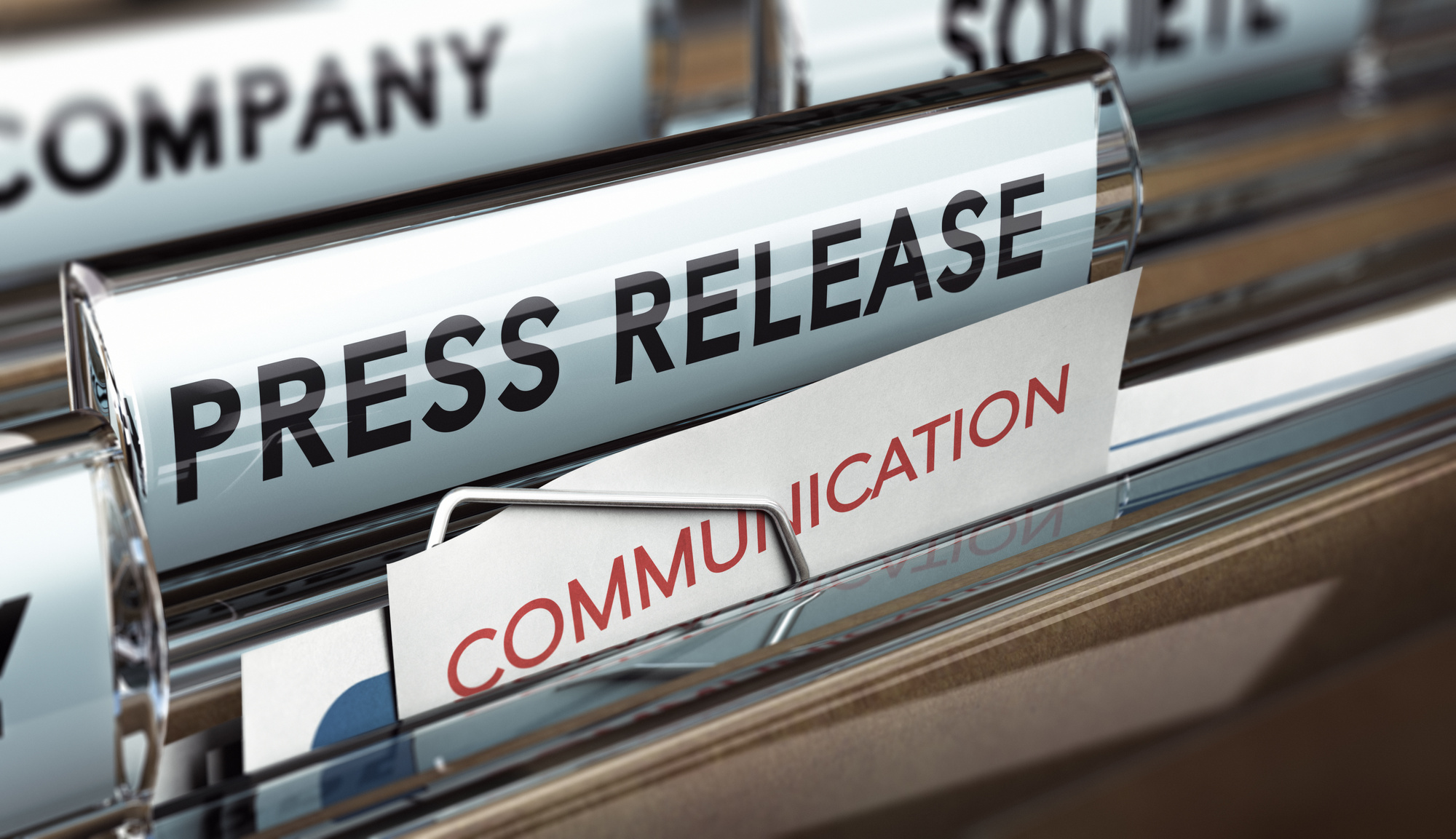Press releases are the foundation of a good PR campaign, but rarely do they spark excitement or draw massive attention.
Most of the time, a press release will be the barebones information for an upcoming event or a new campaign, but they can be much more useful than that. A good release will generate new interest, remind people of your company’s goals, and draw attention in interesting ways.
Here are some common press release mistakes and how to avoid them.
1. Lack of Focus
When writing a press release, it’s important to be focused on your intent and the target audience.
For example, if your press release is about an upcoming seasonal sale, then your content should be focused on advertising the most popular items. Promoting items that aren’t part of the sale distracts the customer and distracts from the point of the press release.
On a similar note, try to target an audience that relates to the content of the message. Trying to appeal to too many audiences at once can make your press release appeal to no one.
2. Ignoring the Analytics Team
Nowadays, monitoring releases online and on social media is key for seeing whether or not something is working or not. You should be checking in with your analytics team routinely whenever something is released.
Often, you don’t even have to go through your analytics team to follow a campaign’s progress. Social media posts on Facebook can be easily monitored through their built-in tools that also help you target specific audiences.
If something you’ve pushed out isn’t getting the clicks you want, your analytics team can also help you make corrections or give advice. They can also let you know what links drew more attention.
3. Making Them Glorified Ads
A press release is meant to provide new information or make an announcement. While they are intended to draw interest and potential clients and buyers, they are not advertisements.
When writing press releases, the aim is to make them newsworthy. They should be about product launches, special events, or other new developments.
Along the same line, you don’t want to oversaturate your clients with too many press releases.
If you’re sending them out as frequently as you would advertisements, you’re likely going to waste time targeting the same audience as well as scare them off. Or worse, your press releases might end up fading into the background and go unopened and ignored.
4. Failing to Pitch to the Audience
Although the press release is ultimately about your company, you need to win the reader’s interest.
Why should they care about your new information? Why does your award, new campaign, or event matter to them?
A big press release mistake is failing to give context to the audience. Feel free to reiterate your company’s mission statement and vision in relation to the update.
Let the audience know why an event is happening and how it benefits them to attend. Especially for events, target an audience that would find the most interest in it and has the means to share it.
5. Linking Too Much or Not Enough
Press releases done over the internet have the capability to direct link readers straight to your website.
Utilize this function when you have an otherwise busy website that can make it difficult to navigate to an event page. It’s also useful for linking to events or news outside of your web domain.
However, you want to avoid have too many links on a press release, otherwise, it runs the risk of looking like a site directory. Especially when linking from social media posts, you want to keep your release and associated links direct and to the point.
6. Using Stiff or Overly Formal Speech
One way to reach your audience is to sound interesting and generate a dialogue. Filling a press release with facts and no substance can create distance between your company and your audience, and can actually hurt you when it comes to SEO.
The average person isn’t going to know all the technical terms you might use in your industry. When they search for a topic online, they’re going to use more casual words.
Press releases need to be written not just for industry experts but also for the more uninformed audience.
7. Sticking to the Same Formula
It’s important to keep your eye on the competition in any industry. With public relations, that sometimes means looking at examples of other types of press releases.
For example, a press release headline guides the direction of the content. A questioning headline prompts you to then answer the question, possibly as a solution that your company provides.
You could also consider a collaborative press release with another company. This could happen through a joint charity event or by promoting the brand through your website.
Experiment with your format and mix things up depending on your content.
8. Keeping It Too Traditional
Speaking of diversifying your press releases, your company shouldn’t be afraid to break from the traditional.
In the past, press releases completely ignored social media and left outreach up to the journalists who would write a story about it. Now, companies can reach out to their audience through a combination of social media, emails, and even notifications on smart devices.
As such, writing press releases has to evolve as well.
Use direct links to guide the audience to a web page, or insert visual or interactive media to deliver information more efficiently. The press release format is constantly subject to change, and your company should stay up to date with those changes in the industry.
Avoid These Press Release Mistakes
Whether you’re new to the public relations scene or a veteran looking to clean up your brand message, these tips should help you avoid some common press release mistakes.
Check out my blog for more tips and articles on marketing, business, social media, and more.
